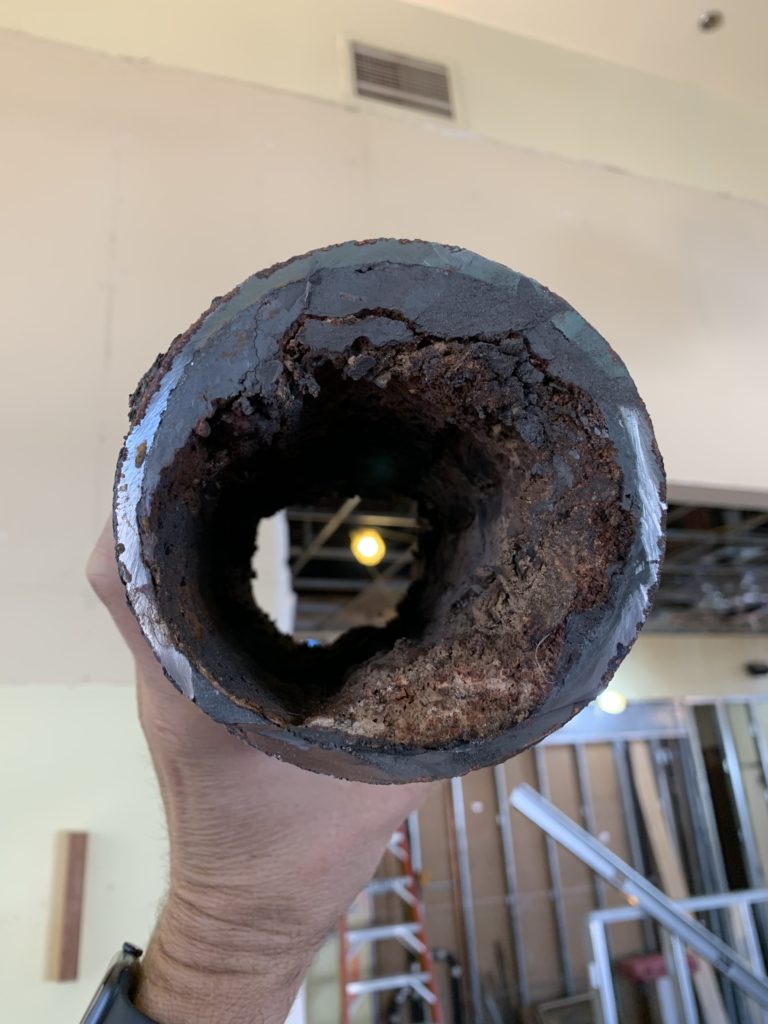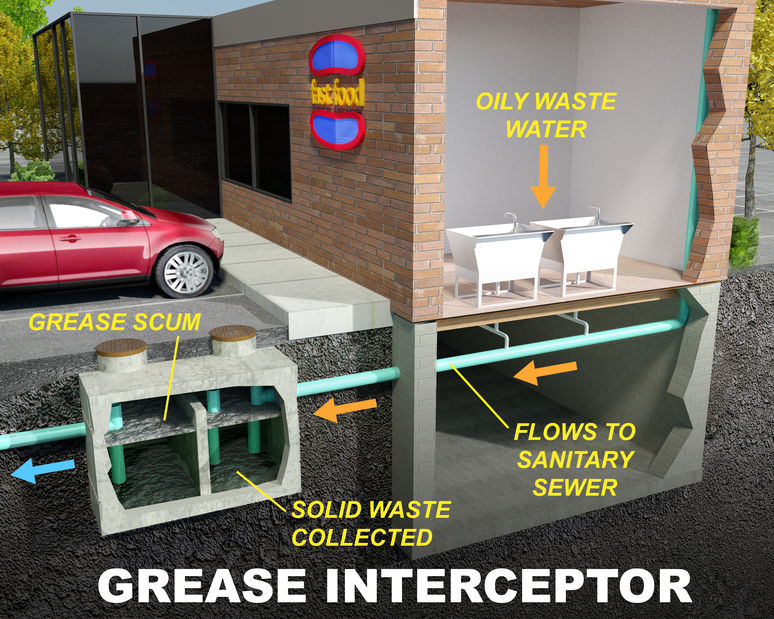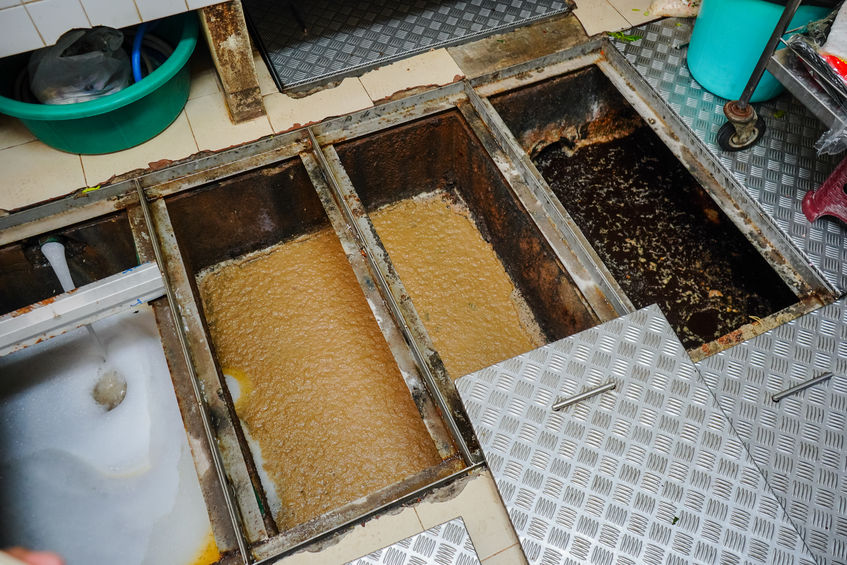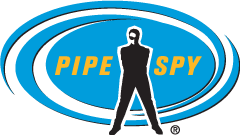
When fat, oil, and grease (FOG) are poured down the drain, sewer blockages and overflows can occur. Sewer overflows spill raw sewage onto city streets and sidewalks, into storm drains leading to the Bay, and onto your property becoming a health hazard. Grease traps and supporting systems and services can help reduce blockages and overflows in our draining systems.
What Are Grease Traps and What Do They Do?
Grease traps are plumbing devices designed to intercept most greases and oily solids before they enter a wastewater disposal system. They work by slowing down the flow of warm/hot greasy water, allowing it to cool. As that water cools, the grease and oil in the water separate allowing the grease to float to the top of the trap—making collection and disposal a bit more manageable.
Grease traps are known by different names – grease recovery devices, grease interceptors, oil management systems, etc. Their purpose is to work with the interior plumbing equipment to trap grease as water is washed away before it enters the property’s private sewer lateral (PSL).
Grease traps can vary in size quite a bit, from a small floor trap under the three-compartment sink to big tanks on the exterior of buildings (oftentimes found in parking lots with traffic-graded manhole lid covers). In any case, capacity, frequency, and yield will determine your path to a regular maintenance schedule.

Why Are Grease Traps Installed?
Any restauranteur or plumber will tell you that maintaining grease capture systems is no easy task. In fact, grease management is one of the most dreaded tasks in any commercial food business. That said, these systems are a necessity and without them, grease build up would be a nightmare for commercial property owners and city infrastructure alike.
Who’s Required to Install Grease Traps?
One of the first things property owners should know is that if you’re opening a food processing business or restaurant, the city will require you to have a specific plan in place for your FOG that will include a regular maintenance schedule that is tracked and documented. You may even be required to get a FOG Permit in order to use these substances in everyday operations at your place of business. The permit will require you to follow strict rules and could come with some pretty hefty fines if you don’t comply.

Best Practices for Grease Trap Maintenance
Property and facilities managers should be aware that localized build-up in grease trap systems often occur in the primary interior pipes between the kitchen sink and the grease trap and that those pipes should be hydro jetted annually. As for the grease trap system itself, it should be serviced and emptied every two to three months. Of course, they may need to be cleared every two to three weeks depending on how large or small your trap is and how heavy the usage is. If you’re unsure, check your city’s guidelines and follow their best practices so you know how often they advise you to obtain services.
Regular Disposal and Recycling of Grease: Disposal and recycling of grease collected from your business should be managed responsibly—and its good practice to keep logs of this activity and stay on top of receipts for all the associated services.
Enzyme Drip Systems: Enzyme Drip Systems can also be installed to help dissipate the grease before it enters the city sewer systems. Drain and grease trap treatment systems like these are designed to augment the digestion of grease and organics within drain and grease trap streams. Just as people take probiotics to assure optimal digestion efficiency and immune system health, drip systems are used to improve the health of your drain lines and overall waste-water systems.
While we contract out for larger commercial grease extraction, drip systems and pumping services, we’re knowledgeable about the processes and can help you with problem solving, prevention, advisement, and maintenance—meeting you where you are. Of course, a compromised sewer with root intrusion, erosion or breaks will make any grease clogs you’re having much worse; so, have the sewer inspected.
Schedule Camera Inspections to Monitor Grease Clogs: Solutions to your greasy troubles are only a phone call away. You’ll want to set up an appointment with Pipe Spy for a sewer camera inspection and check out your sewer line’s condition should you have recurring grease clogs and backups. Likewise, you’ll want to keep Pipe Spy’s number handy should you need our hydro-jetting services to maintain your private sewer lateral and keep it clear of grease and oil build-up that escapes the trap.
Pipe Spy is also here to help you with retrofitting your sewer cleanout fittings and access points within the sewer line to make inspecting, cleaning, and clearing your line a breeze.
When not cleaned and maintained properly, clogs in private sewer systems can have a profound impact on the region’s public sewer systems over time.
For more on how Pipe Spy can help your local commercial food business, contact us today.
